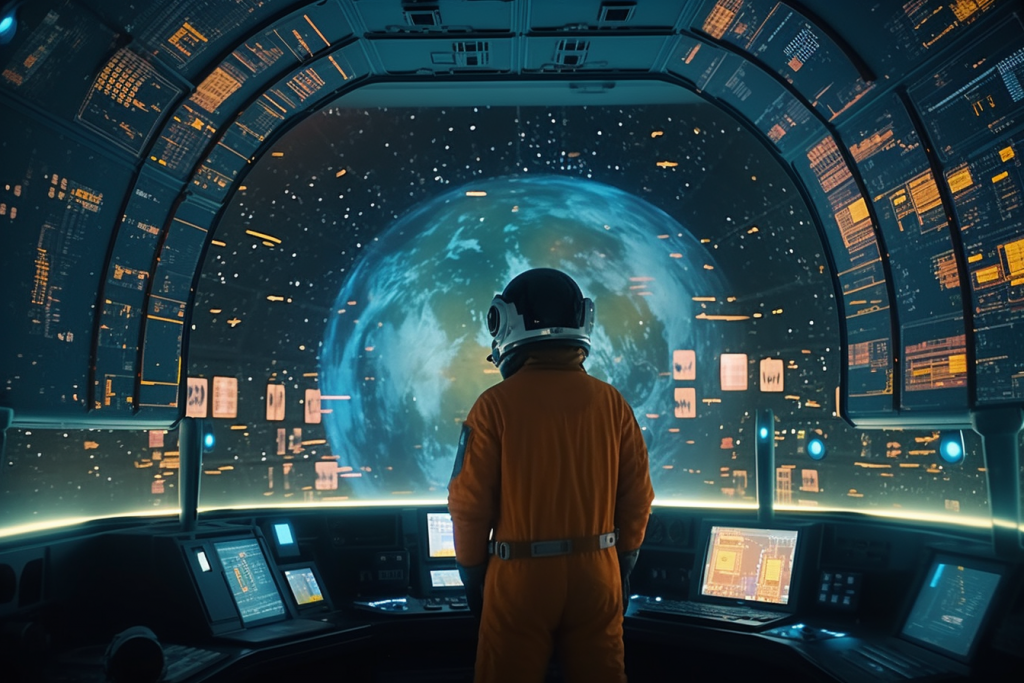NFT artwork refers to digital artwork that is tokenized as Non-Fungible Tokens (NFTs) on a blockchain platform. NFTs have gained significant attention in the art world as they provide a way to authenticate, verify ownership, and establish provenance for digital creations. Here’s an explanation of NFT artwork and its key characteristics:
Unique and indivisible: NFTs represent unique digital assets. Unlike cryptocurrencies like Bitcoin or Ethereum, which are fungible and can be exchanged on a one-to-one basis, NFTs are indivisible and cannot be exchanged on an equal basis. Each NFT has distinct properties, metadata, and ownership history, making it a one-of-a-kind digital asset.
Tokenization and blockchain: NFT artwork is created by minting a digital file, such as an image, video, music, or interactive media, as an NFT on a blockchain platform. This process involves converting the artwork into a token with a unique identifier and storing it on the blockchain. The blockchain serves as a decentralized ledger that securely records ownership and transaction history, ensuring transparency and authenticity.
Ownership and provenance: NFTs provide a verifiable record of ownership and provenance for digital artwork. The blockchain records the initial creator, subsequent owners, and the chain of custody for the NFT. This transparency helps establish authenticity and ownership, addressing the challenge of digital art being easily replicated or shared without permission.
Royalties and monetization: NFT artwork enables artists to retain royalties or receive a percentage of future sales when their NFTs are traded in secondary markets. Smart contracts embedded within the NFTs can automatically execute these royalty payments, providing artists with ongoing revenue streams as their artwork appreciates in value and changes hands.
Accessibility and digital ownership: NFT artwork allows for the democratization of art ownership by lowering barriers to entry. Collectors can easily discover, purchase, and own digital art regardless of their geographical location. NFTs provide a way for artists to monetize their digital creations directly, without the need for intermediaries, galleries, or physical distribution.
Programmability and interactivity: NFT artwork can incorporate programmable elements or interactivity, allowing for dynamic and evolving digital experiences. This can include interactive elements, virtual reality (VR) integrations, unlockable content, or gamified features that enhance the viewer’s engagement and interaction with the artwork.
Diverse art forms: NFT artwork encompasses various art forms, including digital paintings, illustrations, animations, 3D models, generative art, virtual worlds, and more. The flexibility of NFTs allows artists to explore new creative possibilities and push the boundaries of digital expression.
NFT artwork represents a paradigm shift in the art industry, enabling digital artists to establish ownership, monetize their creations, and engage with a global audience. While traditional art has often been confined to physical spaces and limited by traditional market structures, NFTs unlock new opportunities for artists, collectors, and art enthusiasts in the digital realm.

Cooperation partner
Building strong partnerships based on trust, shared goals, and mutual benefit can accelerate AI advancements and create a thriving ecosystem of collaboration and innovation.
